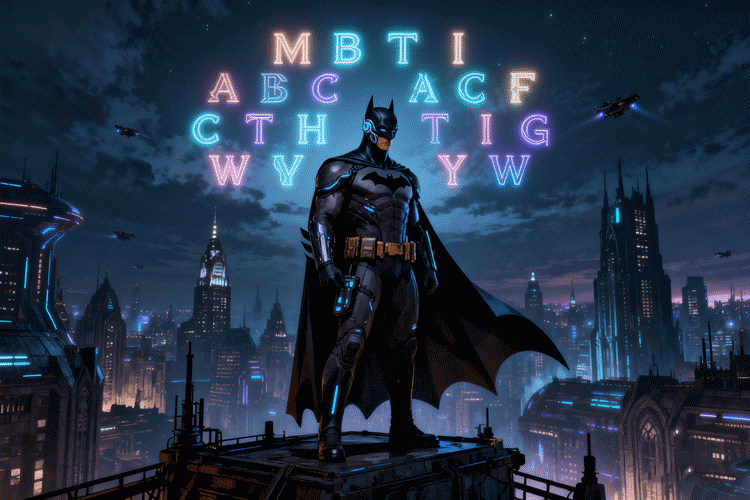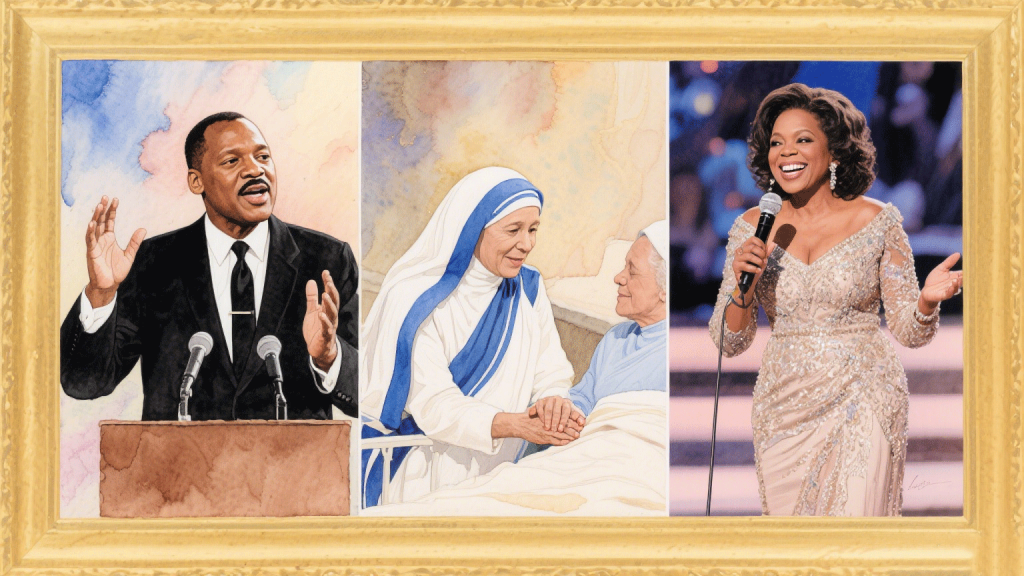This article provides a comprehensive analysis of the Batman MBTI type, exploring how his personality traits align with psychological theories, storytelling, and his role in popular culture.
Introduction
The concept of Batman MBTI fascinates psychology and pop culture enthusiasts alike. Batman, also known as Bruce Wayne, is not only one of the most iconic superheroes in DC Comics but also one of the most psychologically complex characters in fiction. By analyzing his MBTI type, we can better understand his motivations, inner struggles, and relationships with other characters.
This article will explore what MBTI type best fits Batman, how his traits manifest in different storylines, and what makes him a timeless figure in both comics and film adaptations.
What Is MBTI?
The Myers-Briggs Type Indicator (MBTI) is a personality framework that categorizes individuals into 16 different types based on four dichotomies:
Extraversion (E) vs. Introversion (I) Sensing (S) vs. Intuition (N) Thinking (T) vs. Feeling (F) Judging (J) vs. Perceiving (P)
When we apply this framework to fictional characters like Batman, we uncover fascinating insights into their decision-making, worldviews, and behavior patterns.
The Most Common Interpretation: Batman as INTJ
Many fans and analysts agree that the most fitting Batman MBTI is INTJ (The Mastermind or Strategist). Let’s break this down:
Introversion (I): Batman thrives in solitude, working alone in the Batcave or silently patrolling Gotham at night. Intuition (N): He sees patterns others miss, connecting clues to solve crimes with foresight. Thinking (T): Batman prioritizes logic and strategy over emotion, even if it makes him appear cold. Judging (J): He plans meticulously, preparing for every possible scenario (famously even creating contingency plans against fellow Justice League members).
Why INTJ Fits Batman
The INTJ personality type is known for long-term vision, calculated decisions, and an ability to stay calm under pressure—all traits that perfectly align with Batman’s identity as the world’s greatest detective.
Alternative Views: Could Batman Be ISTJ or ENTJ?

While INTJ is the most widely accepted Batman MBTI, some argue for other possibilities.
ISTJ (The Inspector): Batman’s strict moral code, adherence to rules, and reliance on evidence also point to an ISTJ mindset. ENTJ (The Commander): In leadership situations, especially when coordinating with the Justice League, Batman demonstrates ENTJ-like qualities, commanding respect and directing others with confidence.
This flexibility highlights Batman’s layered psychology—he doesn’t fit into a single box, which is why debates about Batman MBTI continue to intrigue fans.
Batman MBTI Across Different Adaptations
Batman’s MBTI traits vary slightly depending on the medium and interpretation:
Comics: Classic Batman (especially from the Detective Comics era) embodies the INTJ archetype most strongly. Animated Series: Bruce Wayne is portrayed with more emotional nuance, sometimes reflecting INFJ tendencies. Christopher Nolan’s Trilogy: Christian Bale’s Batman is the epitome of an INTJ strategist. Ben Affleck’s Batman: Shows ENTJ qualities, more pragmatic and openly assertive. Robert Pattinson’s Batman: Leans heavily toward the introverted and intuitive sides, strongly reinforcing the INTJ perspective.
Relationships and Compatibility
Batman’s MBTI also shapes his relationships with allies and adversaries:
With Alfred (ISTJ): Their dynamic reflects structure meeting strategy, grounding Batman’s impulsive tendencies. With Robin (ENFP/ESFP): Batman balances Robin’s energy and optimism with discipline and caution. With Catwoman (ENTP): Their romantic tension highlights the clash of freedom vs. control. With the Joker (ENTP or ENFP): Joker’s chaotic spontaneity directly opposes Batman’s order-driven INTJ mindset.
These interactions underscore how Batman MBTI influences not only his character but also the narrative arcs he’s involved in.
Psychological Depth: Trauma and MBTI
Batman’s MBTI cannot be fully understood without considering his childhood trauma. The murder of his parents shaped his personality, driving his introversion, hyper-preparedness, and emotional restraint. His INTJ type is not just natural—it’s forged through pain and resilience.
This psychological layer adds depth to why Batman MBTI is such a compelling topic for analysis.
Conclusion
In summary, the most widely accepted Batman MBTI type is INTJ, though arguments exist for ISTJ and ENTJ depending on interpretation. His strategic mind, unwavering logic, and calculated approach to crime-fighting make INTJ the most fitting match.
Exploring Batman MBTI allows fans to dive deeper into what makes the Dark Knight one of the most enduring and complex heroes in modern mythology.
A1: Most analysts agree that Batman fits the INTJ type, known for strategic thinking and long-term planning.
A2: Yes. While INTJ is dominant, traits of ISTJ (duty-driven) and ENTJ (leadership-focused) also appear in certain portrayals.
A3: His INTJ traits make him cautious, analytical, and sometimes emotionally distant, which shapes how he interacts with allies like Robin and adversaries like the Joker.
A4: Christian Bale’s portrayal in Nolan’s trilogy is considered the closest representation of an INTJ Batman.

